BTO Thetford Forest and Breckland Research
The BTO has an established programme of research in the Brecklands and particularly in Thetford Forest. Our research investigates species, species assemblages, habitats and landscape fundamentals (see below), dispersal and movements of both ecological and conservation relevance to the Brecks and beyond. Species include Nightjar, Woodlark, Willow Warbler and Goshawk.
We collaborate widely with other partners, particularly the Forestry Commission, University of East Anglia, Natural England and Hasselt University (Belgium). We collaborate on public projects such as ‘Wings over the Brecks’, to promote the Brecks’ charismatic appeal.
‘The Brecks’ is an area of high species diversity associated with sandy, stony heath and the largest lowland pine forest in Britain in Thetford Forest. Thetford Forest in particular is a national asset and valued public space with strong recreational and ecological interests. The forest regime follows national and international standards in sustainability which helps realise its broad ecological appeal and exemplar qualities. Nationally important populations of plants and animals occur within the forest, including up to 40 breeding bird species (Conway & Henderson 2008). Thetford Forest also lies within the Breckland Special Protection Area (SPA), designated to protect populations of Stone Curlew, Nightjar and Woodlark. However the diversity of species here is far greater and Thetford Forest itself holds significant populations of:
- Nationally declining migrants: Tree Pipit, Willow Warbler, Garden Warbler, Redstart;
- Priority 1 species: Kestrel, Turtle Dove, Song Thrush, Yellowhammer, Skylark & Marsh Tit;
- Birds of prey such as Hobby, Goshawk, & Long-eared Owl;
- Rare and declining species, such as Lesser Spotted Woodpecker and Willow Tit.
- Bat populations, such as Pippistrelle spp, Noctule, Barbastelle, Leisler’s and Serotine.
Research
In Thetford Forest, BTO research is contributing to long-term evidence of mechanisms and processes affecting populations associated with a sustainable forest management strategy. Research addresses:
- National and local conservation policy: SSSI/SPA/Natura 2000 condition assessments; priority species.
- National issues of resilience, fragmentation & landscapes (forest/farmland); impacts of deer, crops, disease and management (eg., birch ingress); multi-taxa relationships to habitats and food webs.
- Key conservation issues for demographic assessments, dispersal, movements, diet (PCR/genetics); defining populations and extinction risk; disturbance, predator ecology and predation.
- Conservation intervention - Thetford Forest Design Plans (FDPs). FDPs set out the medium and long-term aims for forest management by the Forestry Commission. These plans address national strategic objectives and local policies through stakeholder consultation. Overall, FDPs aim to maintain or enhance existing habitats for nature conservation and landscape benefit, create a sustainable mixture of forest and open habitats, and grow quality timber for future generations. Since 2000, populations of two SPA species, Woodlark and Nightjar, have declined locally, by 64% (2013) and 43% (2010) respectively, explained in part by changes to breeding habitat extent and quality (Dolman & Morrison 2012). For Woodlark, an Open Habitat Plan is instigated to maintain habitat quality in very young crops, and gap creation may increase nesting locations for Nightjars within older crops. The effectiveness of the FDPs has yet to be determined and their ‘value’ for non-target species, such as Turtle Dove, Song Thrush, Willow Warbler and Yellowhammer, may be significant.
The BTO is also making use of the ecological resources the Brecks provides, to run trials and pilot national monitoring, sampling methods and new technologies. The range of work cuts across several of the BTO’s strategic themes and harnesses the BTO’s strong field and analytical expertise in birds and other taxa (such as bats, butterflies, moths, spiders, hedgehogs and small mammals).
For further information about the BTO’s work in Breckland, please contact Ian Henderson ian.henderson [at] bto.org or Greg Conway greg.conway [at] bto.org.

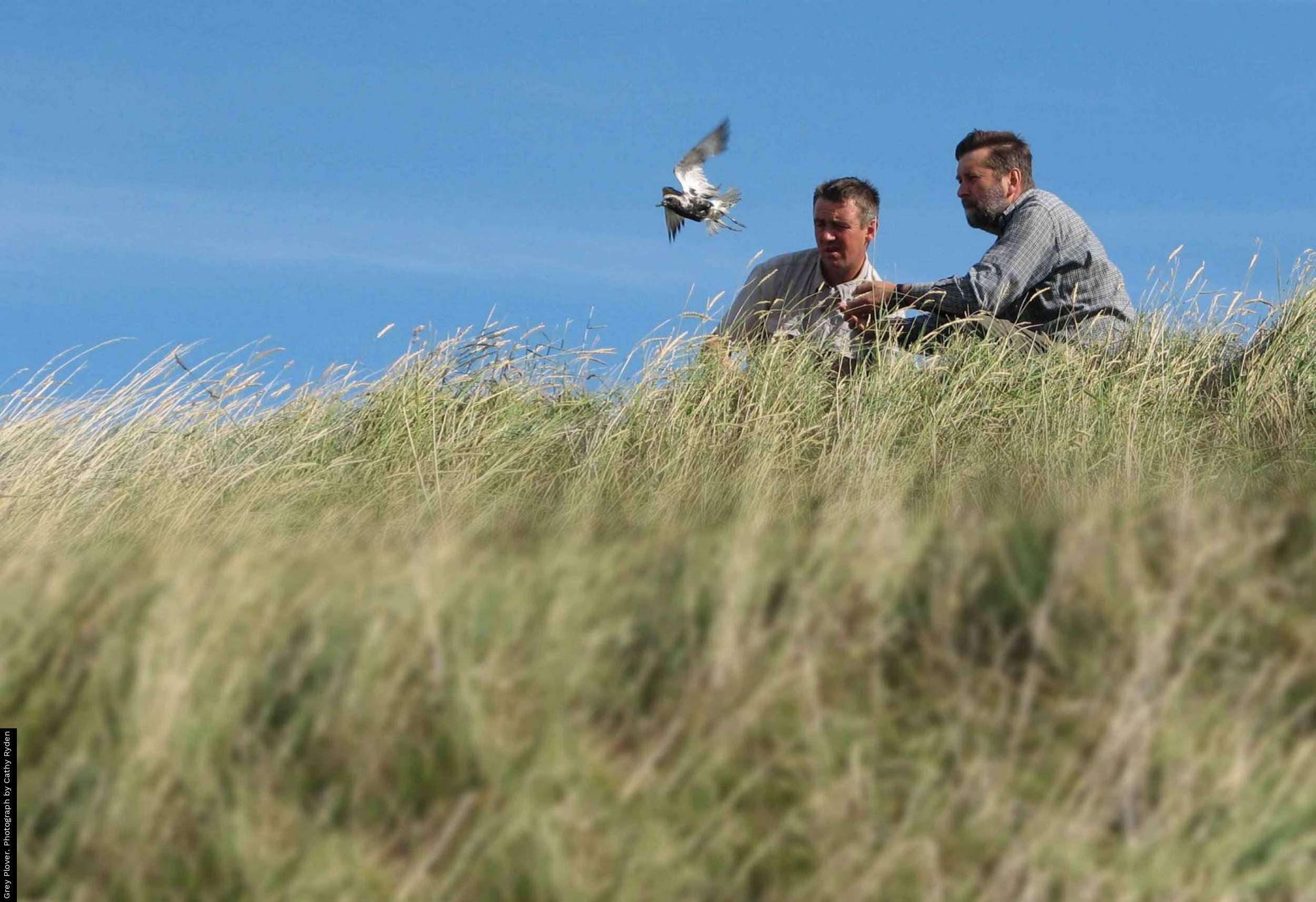
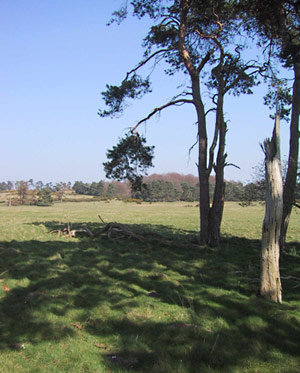
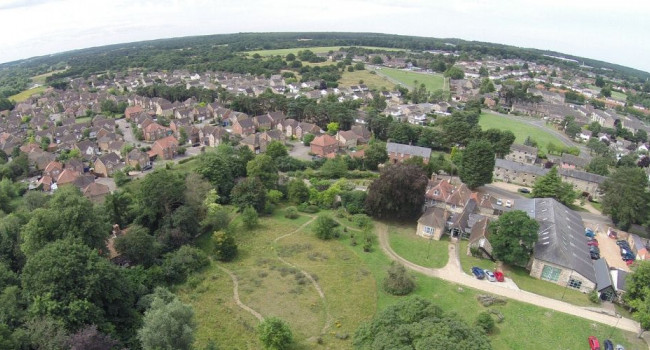
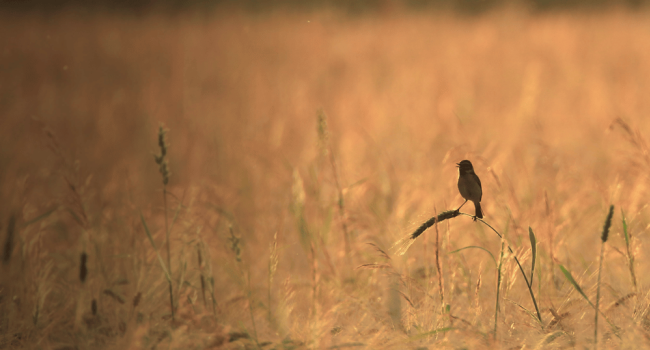
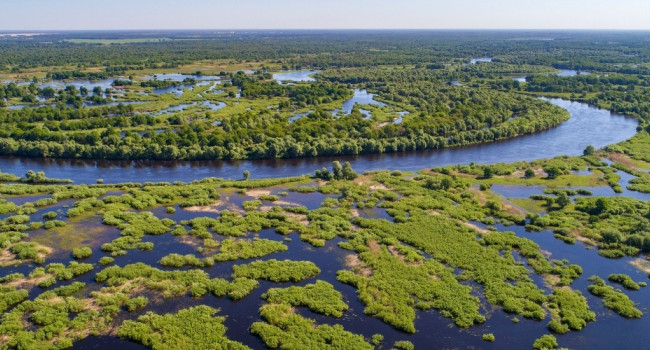

Share this page